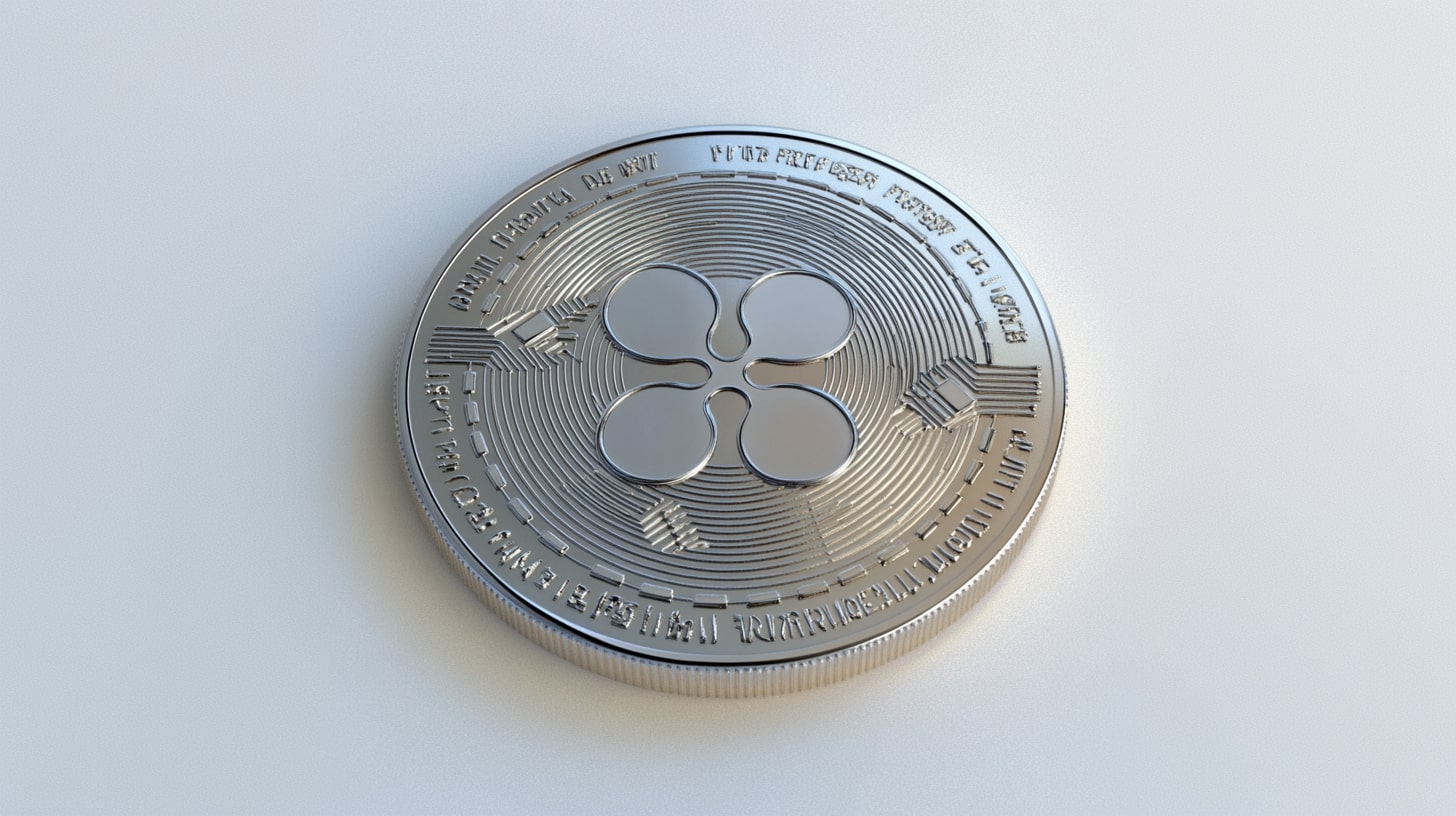
Ethereum Price Struggles Below $2,000: Can ETH Recover, or Is a 50% Decline Ahead?
Ethereum faces increasing pressure as market sentiment shifts—Is $900 the next support level? Experts analyze the key factors driving ETH’s decline | That's TradingNEWS
Ethereum has experienced a challenging period in 2025, losing substantial ground in both price and market dominance. As of the most recent data, ETH-USD is trading at $1,809.44, marking a significant decline from its January high of $3,600, which represents a 47% loss. The struggles are not merely speculative but stem from underlying issues with Ethereum’s scalability, high transaction fees, and increased competition from other blockchain networks.
Ethereum's Technical Struggles
Ethereum’s technical outlook is currently bearish, as indicated by various market signals. The token has struggled to break past key resistance levels above $2,000, frequently failing at these points. Ethereum’s Sharpe ratio has dropped to -0.69, which not only shows a decline in its returns but also points to increased risk for investors. This shift in the Sharpe ratio indicates that Ethereum has not only become a more volatile investment but also underperformed relative to other assets in the market.
Additionally, Ethereum’s trading volume has declined by 19.70%, currently at $10.16 billion, further signaling weakened investor confidence. The Stochastic RSI, which measures price momentum, has moved into bearish territory, reinforcing the notion that Ethereum’s price may continue its downward trend unless a sharp increase in buying activity can reverse the current market sentiment.
Competition from Solana and Avalanche
Ethereum’s struggles are compounded by the increasing competition from Solana and Avalanche, both of which offer faster transaction speeds and lower fees. These blockchain platforms have been gaining traction, attracting developers and investors away from Ethereum. Solana, for instance, has been seeing an 83% year-over-year growth in its network activity, while Ethereum has faced a 17% decrease in developer participation. This shift in attention towards more scalable and cost-effective platforms has resulted in Ethereum’s market share falling from 17% to 7.9%, highlighting its diminishing position in the broader cryptocurrency market.
External Factors: Geopolitical Pressures
Further adding to Ethereum's troubles are external events, including the ongoing geopolitical issues and policy decisions that have negatively impacted the cryptocurrency market as a whole. President Trump’s trade policies, particularly the 25% tariffs set to take effect in April, have created a climate of uncertainty that affects not only Ethereum but the broader crypto ecosystem. This uncertainty has dampened investor sentiment and contributed to Ethereum’s decline, especially as it failed to capitalize on market rebounds seen in other assets like Bitcoin (BTC).
Moreover, Ethereum’s network security issues, such as the Bybit hack where $1.5 billion worth of Ethereum was stolen, have further eroded trust in the token. Such incidents only add to Ethereum’s volatility and make investors hesitant to increase their exposure.
Ethereum’s Leadership Crisis
A significant point of critique is Ethereum’s leadership, particularly Vitalik Buterin, Ethereum’s co-founder. Buterin’s refusal to engage politically or advocate for Ethereum's adoption through lobbying efforts stands in stark contrast to the strategies employed by competitors like Solana and Ripple’s XRP. These competitors have forged closer ties with governments and regulators, positioning themselves as more adaptable and ready for future regulatory developments. In comparison, Ethereum’s staunch focus on decentralization has left it somewhat isolated, which some analysts believe has hindered its growth and adoption.
Ethereum's Price Forecast: A 50% Decline?
Given the current technical indicators and market conditions, many analysts are predicting that Ethereum could experience a 50% price drop from its current levels. The next key support level is approximately $900, which would signify a sharp decline from ETH’s current price of $1,809.44. However, some analysts are also watching for the formation of a double-bottom pattern around the $1,800 level, which could potentially signal a reversal. If Ethereum can break through the $2,000 resistance and continue upward, it could set a target price of $2,500, a 35% increase from its current price. But this scenario depends on several factors, including a resurgence of positive sentiment and increased buying pressure.
The Rise of Alternative Cryptocurrencies: Remittix
In the face of Ethereum's struggles, alternative cryptocurrencies like Remittix (RTX) are gaining traction as viable investment options. Unlike Ethereum, Remittix offers a solution to real-world problems like cross-border transactions with low fees and instant processing times. In contrast, Ethereum’s scalability issues and high transaction fees are significant deterrents for many investors. Remittix's ability to provide affordable and efficient crypto-to-fiat conversions has made it particularly appealing in markets where Ethereum is no longer as viable.
Investors are increasingly looking for real-world utility in cryptocurrencies, and Remittix’s practical solutions make it a competitive option. While Ethereum remains a dominant player in the space, its issues with network congestion and fees have driven investors to seek alternatives like Remittix, which is addressing these very limitations head-on.
Conclusion: Ethereum’s Uncertain Future
Ethereum is at a crossroads. Its price decline, technical weaknesses, and loss of market share to more scalable competitors have left it vulnerable. While Ethereum’s market dominance continues to slip, other blockchain networks are making significant gains in terms of developer activity, transaction speeds, and lower fees. Ethereum’s future depends on its ability to address these scalability issues, manage its network congestion, and regain the trust of investors. If Ethereum cannot overcome these challenges, it could face a continued decline in price and market share.
The next few months will be crucial in determining whether Ethereum can reclaim its position or if it will continue to fall behind. The upcoming Pectra upgrade in April could serve as a potential catalyst for Ethereum’s recovery, but until it regains momentum above the $2,000 mark, the bearish sentiment may persist. With alternatives like Remittix offering more reliable solutions in the current market, Ethereum’s role as the leader in blockchain technology may be threatened.
















